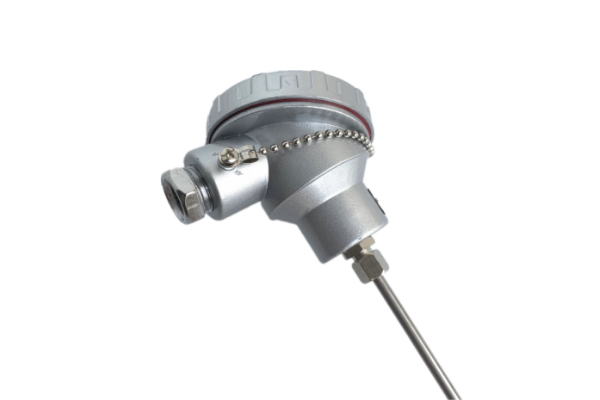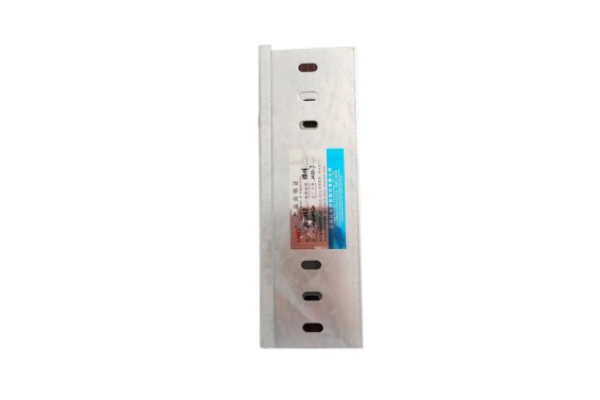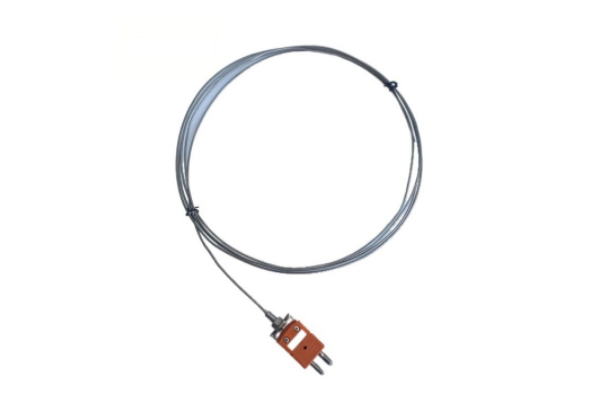Common failures in wires and cables
Release Time : 2022-12-16
Wire surface marking - According to the provisions of national standards, the surface of the wire should have a continuous mark of the manufacturer name, product model and rated voltage. This is conducive to finding the manufacturer in time when problems occur during the use of wires, and consumers must pay attention to this when purchasing wires. At the same time, consumers should pay attention to whether the name of the manufacturer, product model, and rated voltage indicated on the certificate of conformity are consistent with the printed mark on the surface of the wire when purchasing wires, so as to prevent counterfeit products.
The appearance of the wire - consumers should pay attention to the appearance of the wire when purchasing the wire, the insulation and sheath layer should be damaged, the logo is clearly printed, and there is no greasy feeling when the hand mold wire is molded. From the cross-section of the wire, the thickness of the insulation or sheath on the entire circumference of the wire should be uniform, should not be biased, and the insulation or sheath should have a certain thickness.
Conductor wire diameter - consumers should pay attention to whether the conductor wire diameter is consistent with the section indicated on the certificate of conformity when purchasing wires, if the conductor section is small, it is easy to cause a short circuit caused by the heating of the wire. It is recommended that the wires used for home lighting lines should be 1.5 square millimeters and above; household appliances with large power such as air conditioners and microwave ovens should use wires of 2.5 square millimeters and above.
Standardized use - should be standardized wiring, fixed lines are best to use BV single-core wire through the pipe, pay attention to do not touch the wire when wiring, do not touch the wire when decorating the room; Do not connect in the middle of a route; Do not touch the wire when connecting to the electrical box (box); In addition, household appliances with large electricity consumption, such as air conditioners, should be supplied by a separate wire; It is best to keep a certain distance from the wires used for weak current and strong electricity.
Common faults in cable lines are mechanical damage, insulation damage, insulation moisture, insulation aging and deterioration, overvoltage, cable overheating failure and so on. When the above fault occurs on the line, the power supply of the faulty cable should be cut off, the fault point should be found, the fault should be inspected and analyzed, and then repaired and tested, and the cut off should be eliminated before the power supply can be restored.






